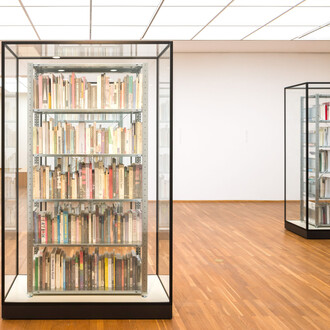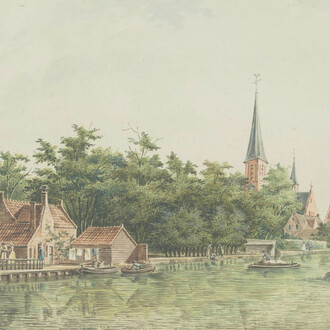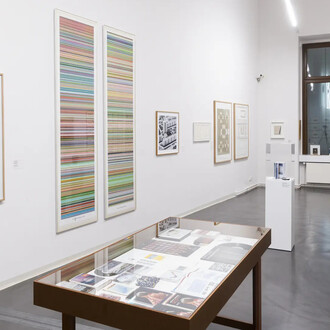Technical Form, Mechanical Form, Functional Form, Form without Ornament – the question of form characterises the programmatic controversies in the context of Werkbund and Bauhaus.
Which form is perceived as modern? Which role does the demand for a new style play? What is the relationship between the shape of a form and the technical conditions of production? What are the formal qualities of an individual handcrafted or artistic piece and what are the characteristics of an industrially produced object?
In the second exhibition of the »111/99« series, entitled »Unique Piece or Mass Product?«, a selection of objects and documents will illustrate the strives for defining a concept of modern design in the early 20th century. In the contemporary remarks on design practice and the production of everyday things, a shift between the feeling of being threatened by technical developments and an enthusiasm about technology is discernible. A rift between the desire of individual expression and the necessity to satisfy the needs of the masses, an abeyance between the ideal of a unifying design and the fear of egalitarianism becomes visible.
The Werkbundarchiv – Museum der Dinge is showing a sequence of four exhibitions entitled 111/99. Questioning the Modernist Design Vocabulary in the context of the Bauhaus year since November 2018 to the end of 2019.
Twelve years separate the 1907 founding of the Deutscher Werkbund reform movement and the 1919 founding of the styledefining Bauhaus Art School – the Deutscher Werkbund turned 111 in the year 2018, and the Bauhaus turned 99. Taking up the anniversaries as a play on numbers, the Werkbundarchiv – Museum der Dinge interrogates the programmatic overlap between the two institutions in the development of a modernist design idiom.
Why did certain features develop into trade marks of modernity, and why do they remain fixed to this day, despite any and all critical thinking: materials like glass, steel, and concrete; terms like objectivity, unadorned form and functionality; the colors white, black, and grey? How did the Werkbund and Bauhaus Lebensreform concept that was influenced by social, political, and economic debates get reduced to the rigid straight forwardness of a purely aesthetic recipe for design or book of patterns?












